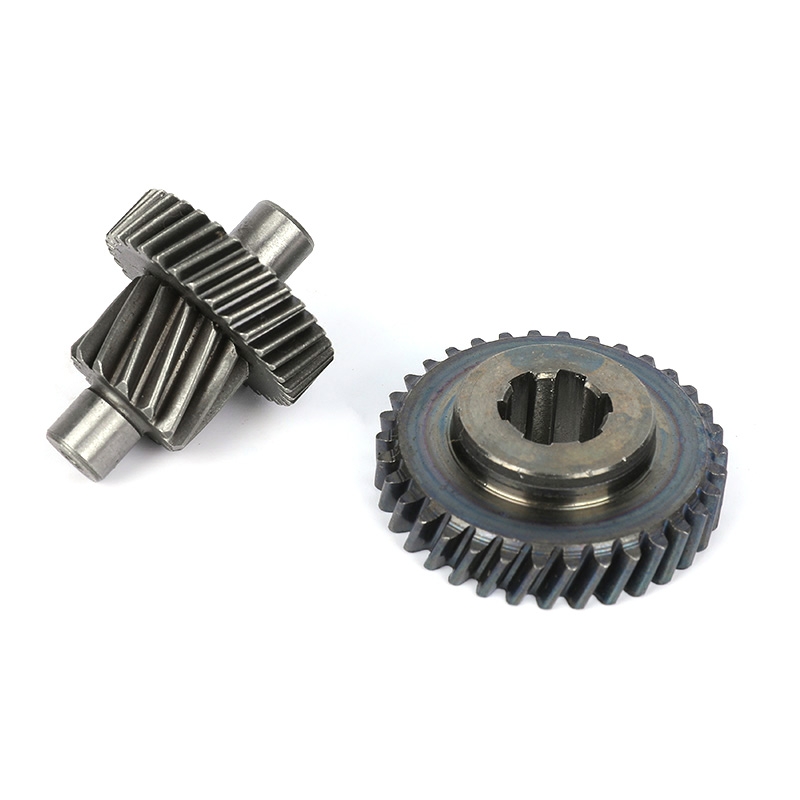- Home
- Products
- About Us
- Application
- News
- Contact Us
Web Menu
- Home
- Products
- About Us
- Application
- News
- Contact Us
Product Search
Exit Menu
How Do Gear Materials Impact Power Tool Longevity?

The longevity of power tools is heavily influenced by the materials used in their gears. Gears are essential components in the transmission of power within tools, and their durability plays a critical role in the overall performance and lifespan of the tool. Choosing the right gear materials is key to ensuring that power tools operate efficiently for extended periods.
1. Material Strength and Hardness
One of the significant factors in determining the longevity of power tools is the strength and hardness of the gear materials. Gears made from harder materials can withstand greater forces without deforming or wearing down quickly. For example, steel gears are commonly used in power tools due to their high strength and resistance to wear. Steel gears can endure high torque, which is crucial for heavy-duty applications like drilling or grinding.
On the other hand, softer materials may not withstand the same forces and can lead to premature wear or even gear failure. When gears are made from high-quality, durable materials, the power tool is more likely to maintain its performance over time, reducing the frequency of repairs or replacements.
2. Resistance to Wear and Corrosion
In power tools, gears are exposed to friction, heat, and sometimes harsh environmental conditions. Materials that are resistant to wear and corrosion are essential for ensuring that gears maintain their performance throughout their lifespan. For instance, hardened steel alloys often contain additional elements like chromium or nickel, which increase their resistance to corrosion and wear. This is particularly important for tools that are used in environments with moisture or dust, such as construction sites or outdoor settings.
Corrosion can weaken gears over time, leading to decreased efficiency or eventual failure. Choosing materials with great corrosion resistance helps prevent the degradation of gears and enhances the overall durability of the tool.
3. Lubrication and Material Compatibility
The compatibility of gear materials with lubricants is another crucial aspect that impacts the longevity of power tools. Proper lubrication reduces friction between gears, which in turn minimizes wear and tear. Some materials, like brass or certain steel alloys, work well with lubricants and reduce the need for frequent maintenance. However, if the gears are made from materials that are not well-suited for lubrication, friction can increase, causing faster deterioration.
Manufacturers of power tools often design gears to work with specific lubricants or oils, ensuring a longer service life. Using the right lubricant for the materials involved helps maintain smooth operation, preventing overheating and minimizing the risk of failure.
4. Impact Resistance and Shock Absorption
Power tools, especially those used in heavy-duty applications, often experience shocks and impacts during use. Gears made from materials with high impact resistance, such as certain hardened steels or specialized composites, are better equipped to handle these stresses. These materials can absorb shocks and prevent fractures, cracks, or other damage that could otherwise compromise the tool's performance.
Power tools that experience frequent shocks, such as impact drivers or rotary hammers, rely on high-impact resistant gears to maintain their functionality over time. Choosing the right materials ensures that the gears can endure these impacts without compromising the tool's longevity.
5. Cost vs. Durability
While high-quality materials can significantly improve the longevity of gears, they often come at a higher cost. Manufacturers need to strike a balance between cost and durability when selecting gear materials. For example, while hardened steel gears may be more expensive, their durability can make them a better long-term investment compared to cheaper materials that may wear out quickly.
The materials used in gears play a vital role in the longevity of power tools. Factors like material strength, resistance to wear and corrosion, lubrication compatibility, and impact resistance all contribute to the durability of the tool. By choosing the right gear materials, manufacturers can improve the performance and lifespan of power tools, ultimately providing consumers with tools that deliver consistent results over time.
-
Add: 1st Floor, No. 2, Huanan Road, Zhengcun, Economic Development Zone, Yongkang City, Zhejiang Province, China
-
Tel: +86-0579-87133113
-
E-mail: [email protected]

 English
English русский
русский Español
Español